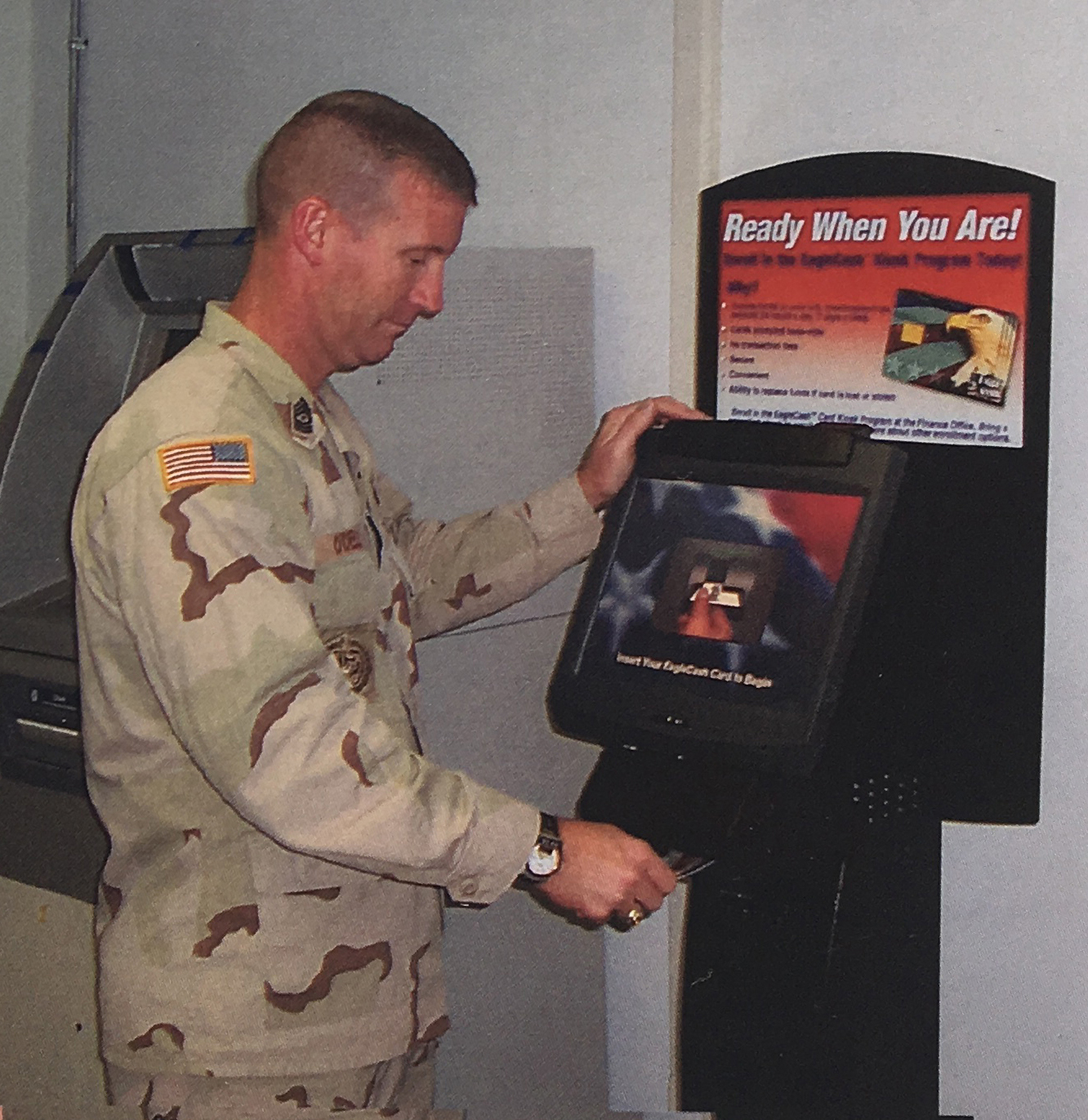
Innovative Bank-Treasury Partnership has Changed how America Does Business

From Breezes (Federal Reserve Bank of Boston Employee Newsletter)
Launched last fall, the Internet Payment Platform (IPP) promises to be a groundbreaking Web-based tool that makes it much easier for federal agencies and their vendors to conduct business.
While streamlining the order-to-payment cycle is an innovative effort for the U.S. Treasury, which owns the platform, what wasn’t so groundbreaking was the longstanding partnership that produced this evolving electronic marketplace. The Treasury and the Federal Reserve Bank of Boston can boast of a relationship that dates back to the early 1970s, when all reserve banks worked closely with the Treasury to research and develop the Automated Clearing House (ACH).
“Over the decades, our bank has done a lot of innovative, important work in collaboration with the Treasury,” says First Vice President and Chief Operating Officer Paul Connolly. “Because it manages the money of the U.S. taxpayer, the Treasury is our most important client. The better the work that we do for the Treasury, the more we benefit the public. In addition, the better a job we do, the more likely the Treasury will be to turn to us when it has an assignment. . . . We’re very proud of this relationship.”
 A soldier loads "cash" onto his EagleCash card in Iraq.
A soldier loads "cash" onto his EagleCash card in Iraq.Although successful business-to-business (B2B) and government-to-business (G2B) Web portals have been around for some time, such hubs have only recently begun to hit full stride. The IPP, which has the potential to save government agencies tens of millions of dollars per year, should further enhance the Treasury’s reputation as a technology trailblazer.
“A lot of people wouldn’t expect the government to be a tech trendsetter,” notes Paul, “but the Treasury has often been more innovative than most American corporations.”
The ACH, which provides the backbone for payroll direct deposit, online bill payment, and online banking, is another example of the Treasury’s foresight. When funds are transferred between bank or brokerage accounts, and bills are paid online, those funds usually flow electronically through the ACH in a swift, safe manner.
“The ACH got its legs under it because the Treasury worked closely with the Social Security Administration and other government agencies to pay more of the government’s salaries, benefits, and bills electronically rather than with paper checks,” says Paul. “If it hadn’t been for the commitment of the Treasury to implement the ACH –- and the willingness of the reserve banks to provide the operational support –- this vital payment mechanism might not have succeeded.”
While the ACH was more of a system-wide initiative, check-imaging research and development was driven by the Treasury and the Boston Fed. Until the bank began to research check-imaging in 1984, notes Paul, nobody knew the answer to the following critical questions:
- Can a machine capture a high-quality digital image of a check as it passes through a high-speed sorter that processes 40 checks per second?
- Can high-quality images of the front and back (due to endorsement) of a check be archived in high volumes in a cost-effective manner?
- Can an image captured by one manufacturer’s system be transmitted to, and read successfully by, another manufacturer’s equipment?
Prior to the check-imaging project, reserve banks had captured microfilm copies of all checks issued by the Treasury and federal agencies. “The Treasury had some difficulties with the physical limitations of microfilm, and wanted to know if there was a better mousetrap,” recalls Paul. “The question was whether or not imaging technology was ‘the better mousetrap.’”

By 1998, the Boston Fed and the Treasury had proven that high-speed check imaging was a viable, cost-effective technology, and had implemented a national image-capture and archival system. That work laid the groundwork for today’s widespread check-imaging activity, which eliminates many of the costs associated with paper check processing and transportation.
“The relationships – and the successful track record – that we developed while working with the Treasury on these projects provided the foundation for our work with the Treasury on the Stored Value Card project, which, in turn, laid the groundwork for our participation in IPP,” says Paul.
The Stored Value Card (SVC) Program proved to be a massive undertaking for the bank. Tailored by the Boston Fed for use by the military, the program allows military personal to electronically load funds from a bank account onto a plastic card, enabling them to quickly and easily purchase goods and services at military bases around the world.
Not only does the SVC Program simplify life for soldiers, but it also ensures that vendors are paid in a much more timely fashion. In the past, it would take two to three months for some larger vendors’ overseas earnings to reach their U.S. bank accounts. Now, thanks to SVC, it takes two to three days for those vendors to receive their funds.
In addition to building SVC computer infrastructure in conjunction with the Treasury, the military, and private-sector vendors, the Stored Value Card Team has deployed almost 4,000 point-of-sale machines and hundreds of self-service kiosks throughout the world, including Iraq and Afghanistan.
“The Stored Value Card Program was a very complex, logistically challenging effort,” notes Jim Cunha, senior vice president of Payments and Treasury Services. “We had dozens of people involved, both at home and abroad. We’ve always tried to operate with the mentality of a start-up tech firm, and take great pride in our ability to work dynamically and change course on the fly when needed.
“We’re always eager to handle Treasury projects because we’re passionate about technology and payments,” adds Jim. “We make sure to invest considerable time in –- and dedicate our best people to -– any Treasury project. At this stage, working closely with the Treasury has become part of the bank’s culture.”
The bank is currently developing the Cash Concentration and Business Management systems for the Treasury. Look for more information on these projects in future issues of Breezes or on BosWeb.
Post a comment